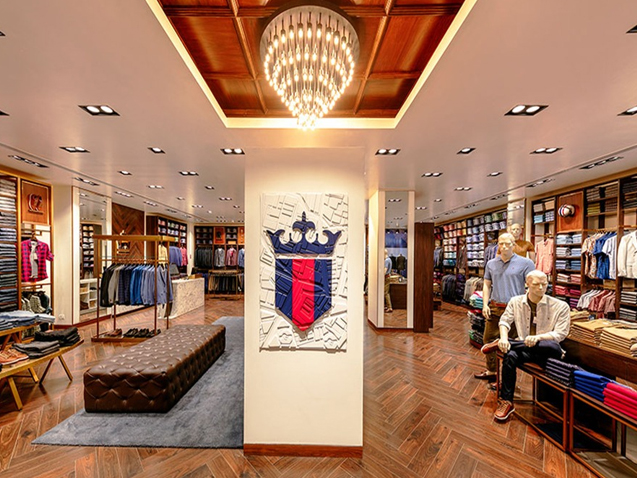How Retail Interiors Can Boost Your Business: Creating an Effective In-Store Experience
Retail interiors play a crucial role in the success of any business. They can impact customer experience, sales, and overall brand image. However, creating an effective retail interior design is not an easy task. It requires a deep understanding of business objectives, target audience, and design principles. In this article, we'll explore the benefits of investing in retail interiors and how you can create an effective in-store experience.
Why Focus Through Professionals
1. Customer Experience: Retail interiors can significantly impact customer experience. A well-designed store can make a positive first impression on your customers and make them feel welcome and comfortable. It can also help to showcase your products and brand image, making them more appealing and attractive to potential buyers. By investing in retail interiors, you can create an environment that encourages customers to spend more time in your store and increase their chances of making a purchase.
2. Brand Image: Your retail interior design is an extension of your brand and image. It's the first thing that your customers see when they walk into your store, and it can influence their perception of your business. By creating a unique and memorable in-store experience that reflects your brand values, you can differentiate your business from competitors and build brand loyalty.
3. Sales: A well-designed retail interior can also increase sales. By optimizing the layout, lighting, and product display, you can guide your customers through your store and highlight your best-selling products. You can also create a sense of urgency and exclusivity by using limited-time offers, promotional signage, and other sales tactics.
How to create an effective in-store experience
1. Understand Your Target Audience: The first step in creating an effective in-store experience is to understand your target audience. You need to know their needs, preferences, and behaviors to design a store that appeals to them. Conducting market research, customer surveys, and social media analytics can help you to gather insights about your target audience.
2. Design a Layout: Once you understand your target audience, you can design a store layout that meets their needs and preferences. You need to consider factors such as traffic flow, product display, and signage placement. You also need to ensure that your store is easy to navigate and accessible to all customers, including those with disabilities.
3. Use Lighting and Colors: : Lighting and color are powerful tools that can influence mood, emotion, and behaviour. By using warm colors, natural light, and accent lighting, you can create a welcoming and comfortable environment. You can also use lighting and color to highlight your products and create a sense of excitement and urgency.
3. Display Your Products Effectively: : Product display is crucial in a retail store. You need to showcase your products in an attractive and accessible way. Use visual merchandising techniques such as grouping products by category, creating focal points, and using signage to guide customers.
In conclusion, retail interiors can bring significant benefits to your business, from improved customer experience and brand image to increased sales. By investing in retail interiors, you can create an in-store experience that attracts and retains customers, differentiates your business from competitors, and increases revenue. So why wait? Contact us today to start your retail interior design project.

